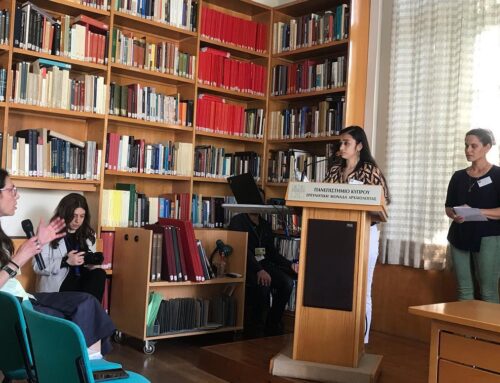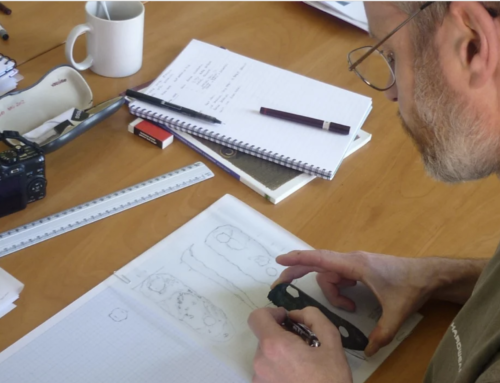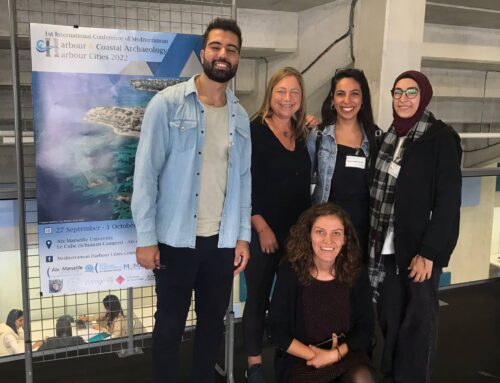Investigating Neolithic maritime landscapes and practice in the Levant and Cyprus – 2020
Crystal El Safadi
The sea has always been both a resource and medium for people from prehistory to today. In the shaping of modern human life, one of the occurrences regarded as most influential is the development of agriculture and the creation of sedentary settlements throughout the Neolithic period (ca. 10,000-4,500 BCE). Whilst this transformation began inland across Mesopotamia and the Levant, contemporary maritime practices and sea voyages shaped its changing footprint and the rate of social change. From the circulation of raw material, the spread of Neolithic sedentary practices, to the sharing of lifeways, the sea surpassed its function as a subsistence resource and a medium for travel; it became a critical vector for reshaping social networks and practices.
This project aims to redress the (understandable) terrestrial dominance seen in research in the eastern Mediterranean over the last thirty years through investigating the sea’s place in Neolithic narratives. This is critical as the recent explosion of research into ancient DNA has re-ignited discussion of mobility and the role of seaways and seafaring communities. These discussions are, however, often simplistic in nature and lack detail due to the partial and complex nature of contributory evidence. This project focuses on the Levant and Cyprus in order to begin to resolve this problem. This investigation, via establishing an informed record of Neolithic research and debates pertinent to maritime activities and connectivity, will enable a consideration of the mechanisms through which humans engaged with the sea during the Neolithic. The outcome of this project will be a maritime research framework on which future research into the eastern Mediterranean Neolithic as a coherent area of study, can be built.





